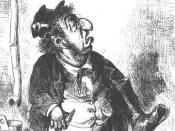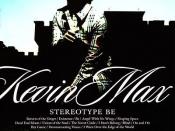British Cinema History Assignment TwoShane Gladstone9/12/02
A cultural and social analysis of the 1959 Rank film 'Sapphire' by Ralph Deardon and Michael Relph in 1,500 words.
The relaxation of film censorship laws in post-war Britain had by the late fifties brought about many changes in British Cinema. The most striking of these changes being its rapidly increasing willingness to deal with issues both social as well as artistic, the more contemporary the better.
1956 - 1963 could be seen as the 'golden age' of the social problem film (as it had now been dubbed) with classics such as 'Cosh Boy' (1959) 'Violent Playground' (1958) and 'My Teenage Daughter' (1956) appearing on our screens. These films dealt with issues as contemporary as juvenile delinquency, prostotution, homosexuality and race. The issues above were however always caused by the problem of youth and the advent of the teenager. Something unheard of just five years previous but now a prominent force, steering the good ship Albion through a turbulent sea of social change via sex, music and drug abuse.
Causing what Stanley Cohen dubbed ' Moral Panic' throughout the media and the predominantly conservative attitudes of the adult world. The advent of this new development dreamed up by the advertisers and named 'The Teenager' was due mainly to the abolishment of national service. Suddenly there was something that separated father and son and gave birth to a new class divide of sorts. Literally thousands of adolescents were now out working for real money and earning lots of it. No longer required to conform to the infrastructure of society as their parents and elder siblings had known it. They enjoyed an affluence previously unheard of among their peers. "The Sunday graphic in 1960 found a boy who could hang ã127 worth of suits in his...


